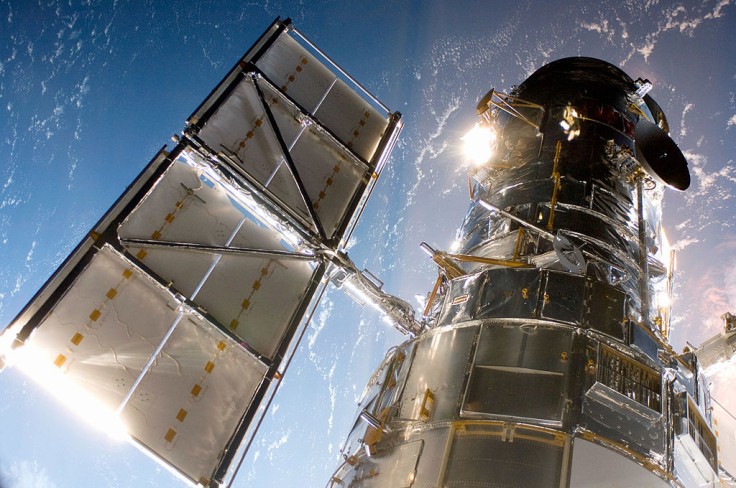
The NASA Hubble Space Telescope has finished its grand tour mission to observe several changes in our solar system, particularly the giant planets.
In the said observation, Hubble captured changes in color of the planet Saturn.
NASA Hubble Space Telescope Grand Tour Mission
In the official Twitter account of NASA Hubble, it gave fans an update regarding the condition of several outer planets. For those who do not know, NASA Hubble checks planets yearly to know and understand the several changes they have had over the year.
😍 Hello, outer planets!
— Hubble (@NASAHubble) November 18, 2021
Jupiter, Saturn, Uranus, and Neptune look as spectacular as ever in these newly released Hubble images.
Hubble checks in on the outer planets every year. Find out what we learned in 2021: https://t.co/0jxI5Gh6EZ pic.twitter.com/4o3bG39N6A
As of writing, the Twitter post has accumulated more than 1,700 retweets and about 9,200 likes.
Aside from the post, NASA Hubble also released a YouTube video explaining in-depth details about the said grand tour.
To give further information, the NASA Goddard stated that the twin spacecraft Voyager 1 and 2 left the Earth in 1977 for their mission of discovery, which aims to give humanity its first close-up view of the outer planets through its Grand Tour program. Four decades later, NASA Hubble Space Telescope is working on a grand tour of its own.
Since it had taken over the said program, Hubble aims to closely observe several gas giants every year through its Outer Planets Atmosphere Legacy (OPAL) program. Through this, it can observe the subtle changes in the planet's atmospheres over a regular period and get a better understanding of how it evolves.
Most notably, NASA Hubble Space Telescope captured detailed images even at nearly 3 billion miles away from the outer planets.
Read also: iPhone Spy Feature: TikTok Video Shows How You Can Listen to Convos Even Up to 15 Meters Away!
Hubble Telescope Pictures of Outer Planets
NASA's Hubble Space Telescope has completed this year's grand tour of the outer solar system, providing vivid photos that complement current and past studies from interplanetary spacecraft.
The said outer planets are Jupiter, Saturn, Uranus and Neptune.
Planet Neptune's Dark Spot
According to NASA, researchers have found out last September that Neptune's dark spot, which was recently shown to have switched direction from traveling towards the equator, is still present along with a darkened northern hemisphere.
In addition to this observation, the south pole of the planet Neptune is also surrounded by a dark, extended circle.
With regards to Neptune's color, the blue color of Neptune and Uranus is caused by the planets' methane-rich atmosphere absorbing red light, which is paired with the same Rayleigh-scattering phenomenon that causes the sky to be blue on Earth.
This year's observation clearly shows that Neptune does have a few brilliant clouds, and its distinctive blue with a single huge black spot has similar to what Voyager 2 saw in 1989.
Jupiter Has New Storms
The speed of change in color around the planet's equator continues to surprise experts in this year's Hubble photos of Jupiter since numerous new storms are making their presence.
Aside from this, researchers also observe that a feature known as Red Spot Jr is still a darker beige color and is accompanied by an anticyclonic storm to the south below the Great Red Spot.
Saturn Changes Its Color
In the recent observation, Hubble took a new look at Saturn last September revealing swift and severe color changes in the planet's rings in the northern hemisphere. Throughout Hubble's observations in 2019 and 2020, the bands have changed.
Saturn was captured in Hubble's photograph after the southern hemisphere's winter, which is seen in the lingering blue-ish color of the south pole.
In the past, Hubble has already allowed researchers to monitor the seasonal changes in the northern hemisphere.
Uranus' Polar Region Has Brighten
In the captured photo of Uranus last month, the bright northern polar hood of Uranus is highlighted.
Spring has arrived in the northern hemisphere and the increased UV light absorbed from the Sun appears to be brightening the arctic region. Additionally, researchers are looking into the atmospheric methane gas concentrations, haze particle properties, and atmospheric flow patterns to know how changes affect the brightening of the polar hood.









